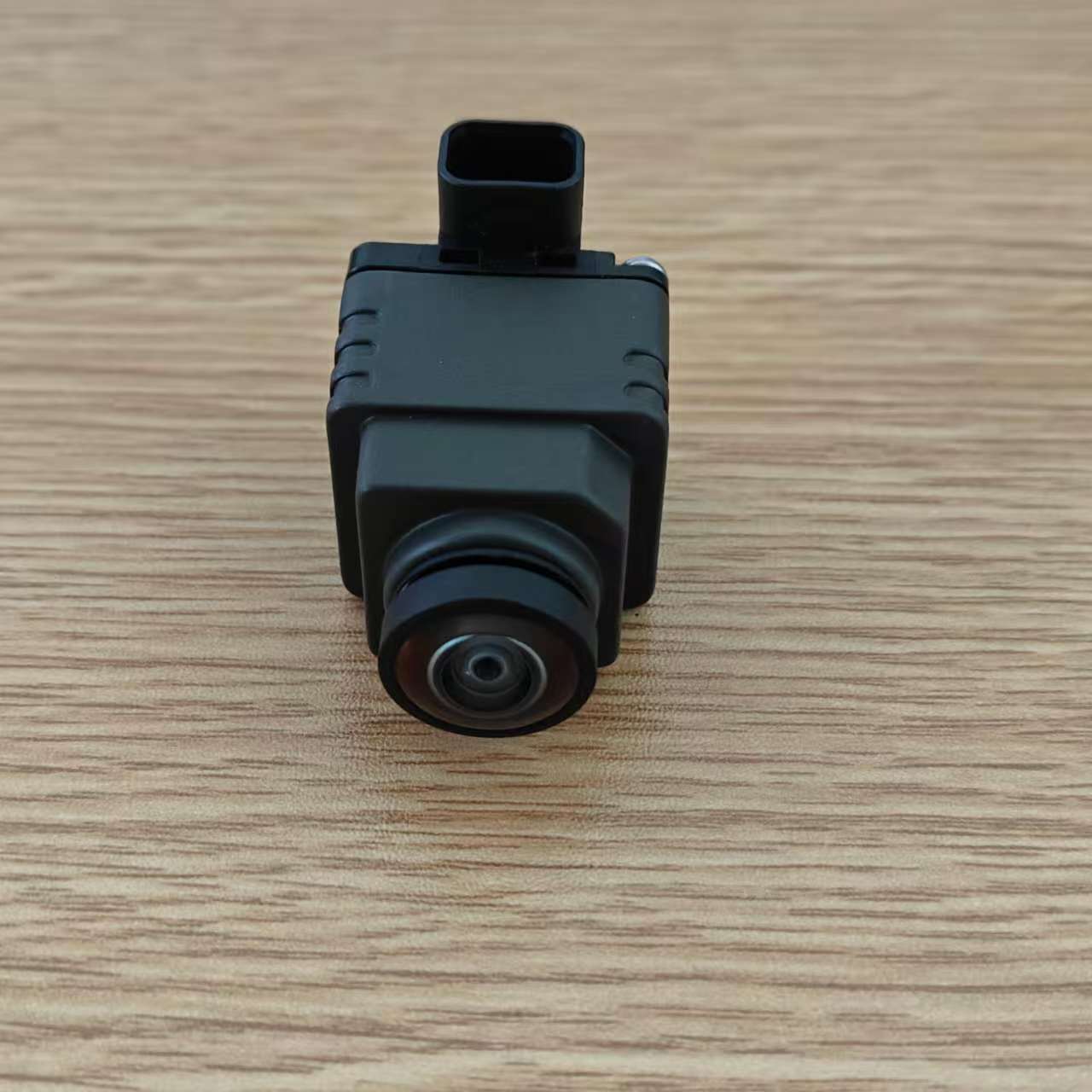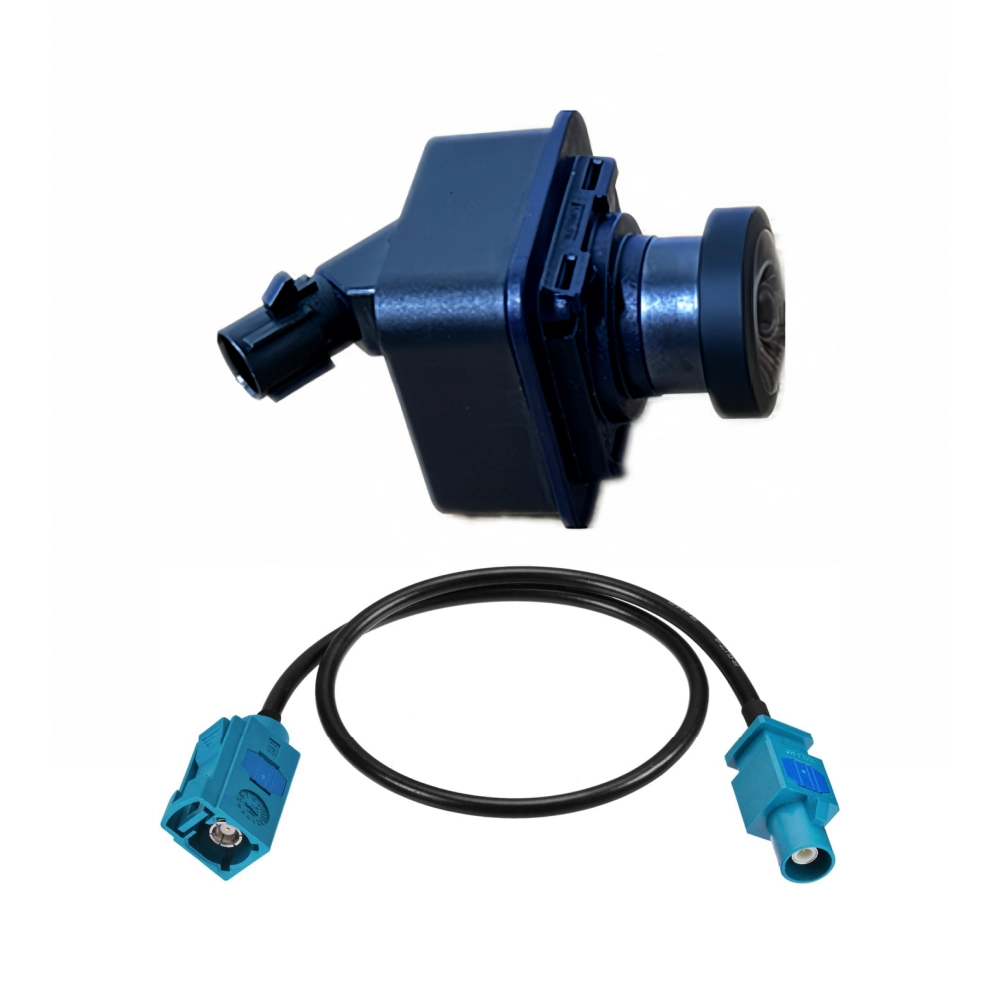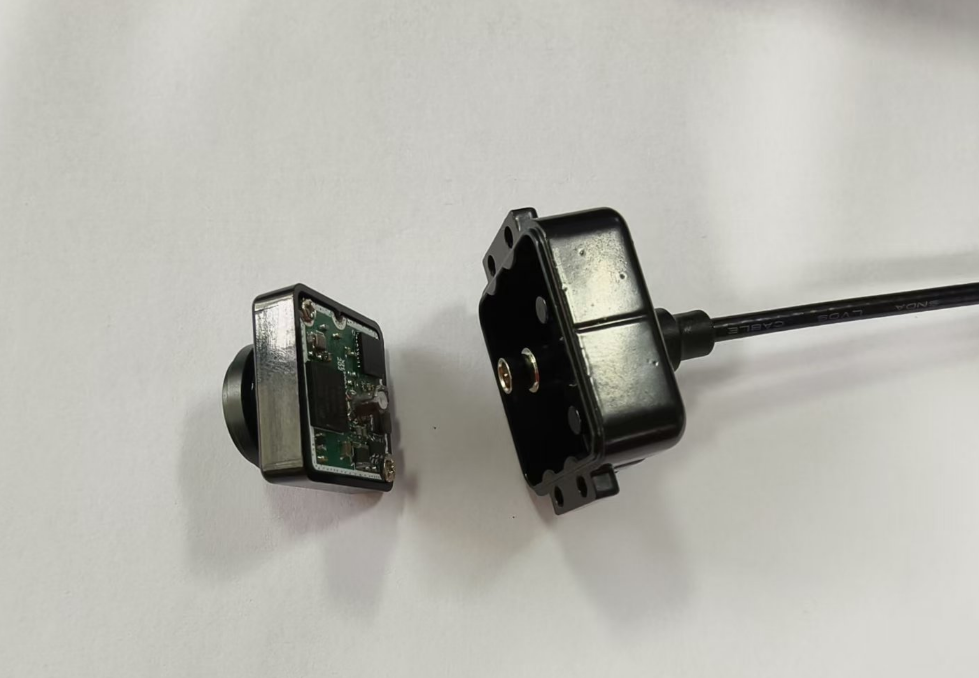LVDS Automotive Camera: Applications, Benefits, and Future Trends

What is an LVDS Automotive Camera?
An LVDS automotive camera is a vehicle camera that transmits video data using Low Voltage Differential Signaling (LVDS). Unlike traditional analog cameras, LVDS cameras deliver high-definition digital video with minimal electromagnetic interference (EMI). This makes them an ideal solution for modern vehicles that demand real-time, stable, and long-distance video transmission.
LVDS technology is particularly suited for in-vehicle environments where cameras are often placed several meters away from the Electronic Control Unit (ECU). By using differential signaling, LVDS reduces noise and ensures reliable data transfer even in electrically noisy automotive conditions.
Why Use LVDS in Automotive Cameras?
Automotive cameras require high performance because they directly affect driver safety and autonomous functions. LVDS offers several benefits that make it the preferred transmission interface:
High-speed video transmission – Supports HD and Full HD resolutions for clear imaging.
Low electromagnetic interference (EMI) – Essential in environments with multiple electronic components.
Long-distance support – Works effectively over 5–15 meters, suitable for large vehicles.
Stable performance – Reliable in harsh automotive conditions such as vibration, heat, and noise.
In comparison with other standards, LVDS strikes the right balance between speed, distance, and reliability, which is why it is still widely adopted in today’s automotive industry.

Key Applications of LVDS Automotive Cameras
Rear View Cameras
Rear-view cameras are one of the most common uses of LVDS cameras. They provide real-time video to assist drivers in reversing and parking, ensuring safety in blind spots.
360 Surround View Systems
Surround view systems use four or more LVDS cameras mounted around the vehicle. The ECU processes these images into a 360-degree panoramic view, enabling safer maneuvering in tight spaces and during parking.
ADAS (Advanced Driver Assistance Systems)
ADAS relies heavily on video input. LVDS cameras provide the data required for:
Lane Departure Warning (LDW)
Forward Collision Warning (FCW)
Automatic Parking Assist
Pedestrian and Object Detection
Autonomous Driving
In autonomous vehicles, LVDS cameras are integrated into perception systems, offering low-latency, high-quality video to ensure the vehicle can detect surroundings in real-time.

Technical Specifications of LVDS Automotive Cameras
Resolution: 720p, 1080p, 2MP, and up to 4MP for advanced systems.
Bandwidth: Ranges from hundreds of Mbps to several Gbps.
Transmission Distance: Typically 5–15 meters.
Interface Standards: FPD-Link (Texas Instruments), GMSL (Maxim Integrated).
Night Vision Support: Many models include infrared LEDs or starlight sensors for low-light performance.
These specifications make LVDS cameras versatile across both mass-market vehicles and premium autonomous driving platforms.
Future Trends of LVDS Automotive Cameras
The automotive industry is evolving, and so are LVDS cameras. Some emerging trends include:
Higher resolution (4K and above) – To improve ADAS and autonomous system accuracy.
Lower latency – For faster decision-making in self-driving applications.
Extended transmission distance – Supporting larger vehicle platforms such as trucks and buses.
Integration with Ethernet – Hybrid systems that combine LVDS’s low latency with Ethernet’s scalability.
Wide adoption in electric vehicles (EVs) – Supporting automated parking, energy-efficient ADAS, and safety systems.
LVDS will continue to play a key role in bridging the gap between traditional cameras and future automotive video transmission standards.

LVDS vs. Other Automotive Camera Interfaces
LVDS vs. MIPI Cameras
LVDS: Ideal for long-distance, interference-resistant connections (e.g., rear or side cameras).
MIPI CSI-2: Best suited for short-distance, high-bandwidth connections (e.g., in-cabin sensors).
LVDS vs. Ethernet Cameras
LVDS: Low latency and real-time performance.
Automotive Ethernet: Higher bandwidth, network flexibility, and scalability for advanced systems.
LVDS vs. Analog Cameras
LVDS: Digital, HD video quality, stronger interference resistance.
Analog: Lower image quality, more prone to signal degradation.
What is an LVDS automotive camera?
An LVDS automotive camera transmits HD video using Low Voltage Differential Signaling, offering high speed and low interference over long distances.
What is the typical bandwidth of an LVDS automotive camera?
Depending on the protocol, LVDS camera bandwidth ranges from hundreds of Mbps to several Gbps, supporting HD video transmission.
What is the future trend of LVDS automotive cameras?
Future trends include higher resolution, lower latency, longer transmission distance, and integration with Ethernet for autonomous driving systems.
What are the main applications of LVDS cameras in cars?
They are used in rear view, surround view, ADAS, dash cams, and autonomous driving systems.
Why do automotive cameras use LVDS?
Because LVDS ensures stable, low-noise, high-speed video transmission over long distances.
What is the typical transmission distance of an LVDS automotive camera?
5–15 meters, depending on the design and cable quality.
What are the main applications of LVDS cameras in cars?
They are used in rear view, surround view, ADAS, dash cams, and autonomous driving systems.
What is the difference between LVDS cameras and MIPI cameras?
LVDS is better for long-distance connections, while MIPI is optimized for short-distance, high-bandwidth applications.
Do LVDS automotive cameras support night vision?
Yes, many include infrared or low-light sensors for night vision.
